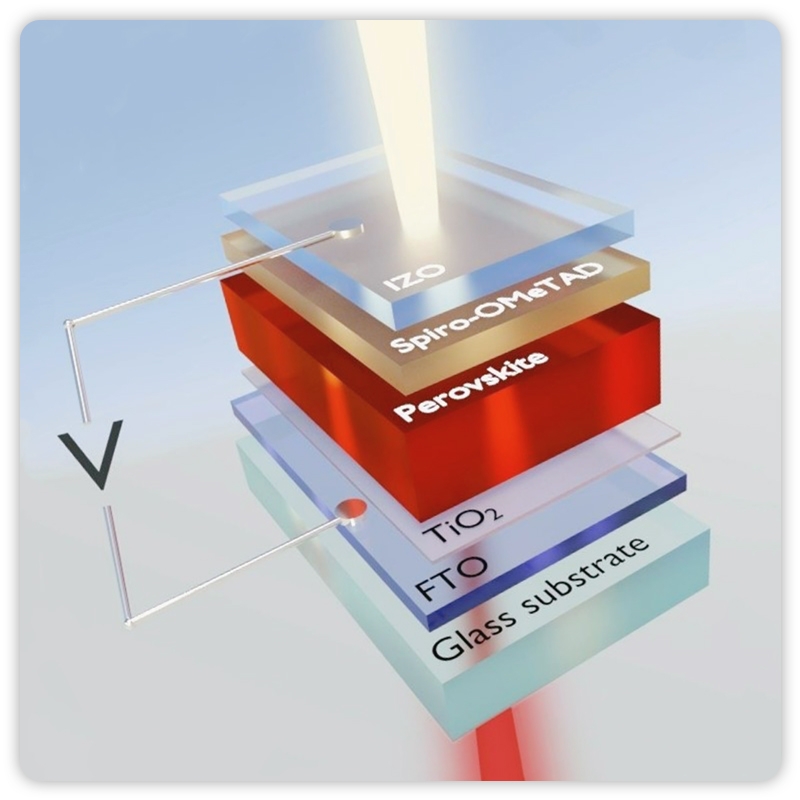Provides new ideas for the vaccine for targeted Marek's disease
-
Last Update: 2020-12-30
-
Source: Internet
-
Author: User
Search more information of high quality chemicals, good prices and reliable suppliers, visit
www.echemi.com
virus (MDV) is a highly tumor-causing herpes virus that can cause fatal T lymphocyte tumors in poultry. The virus mainly infects chickens, the morbidity and mortality rate is high, is endangering the healthy development of the chicken industry caused by the world epidemic. How to fight Marrick's disease has become a worldwide problem.
recently, the international journal Cell and Molecular Life Sciences published new insights on the study of T-cell immunology in Marek's disease and poultry disease from Yangzhou University's School of Veterinary Medicine online.
, author of the paper and a professor at Yangzhou University, told China Science daily that the disease must be vaccinated before the age of 1, i.e. at birth. Although vaccination has been in place for decades, its immune protection mechanisms are unclear.shang Shaobin, a professor at Yangzhou University and author of the
paper, stressed that Malik's disease, which involves antiviral and anti-tumor immunity, is a natural animal model of tumors caused by viral infections and is the first tumor disease that can be prevented by vaccine. It is found that the immune mechanism of the disease is beneficial to the in-depth understanding of the immunity of poultry disease.
" vaccine is also driving the strength of the wild strain of the Marik's disease virus continues to evolve to strong, super-toxic. Qin Aijian said that super-strong strains break through vaccine protection from time to time. Whether existing vaccines will provide effective immune protection in the future, and whether failure of existing vaccines will lead to a major outbreak of Marrick's disease, is a cause for concern.
addition, "because of the lack of understanding of the immune protection-related indicators of the disease, researchers in the design of new vaccines, research and development process can only use inefficient trial and error mode, resulting in very slow progress in research and development." Therefore, it is necessary to re-understand the immune protection of the disease. Qin Aijian said.The first author of the
thesis, Dr. Yang Wei, reviewed the conclusions of previous studies on the mechanism of infection and immune protection of Marrick's disease, compared the concept and technical differences between avian cell immunity and human and mammalian cell immunology research, combed the role of different immune cell subpoptons in Marrick's disease virus infection or immunity and the shortcomings of existing research, and summarized the methods that can be used in poultry T-cell immunology research.
they found that antibody-mediated immune responses have very limited function in anti-Marek virus infection, and that T-cell immunity may play an important role in the protection of the Immune System against Marek's disease. Although the potential of T-cell immunity in the prevention of Marek's disease virus has been recognized by many researchers, the relevant systematic research is still relatively lacking.
future, how to study the immune protection mechanism of the Marrick disease virus?
research team put forward three directions to be studied in depth. First of all, many immune cells can be infected after a marquee virus infection or immunity, so how can uninfected immune cells participate in the immune response against the Marrick's disease virus?
Second, what exactly is the protective mechanism of the Marrick's disease virus vaccine, how the T cells of chickens are activated and identified by the virus antigen, how to track the activation of T cells, what the virus antigen is, etc. have yet to be identified.
again, what functions, characteristics and relationships do activated T cells have to immune protection, and can I find evaluation indicators related to immune protection by analyzing the esologic and functional function of T cells? MDV-induced tumors can be prevented by vaccine, and is its immune mechanism also useful for human tumors?
of T-cell immunological research methods summarized by the researchers and the future access to more immunological reagents provide the feasibility to answer these questions.
" answers to these questions will help to analyze the T-cell immune protection mechanism of the Marrick's virus vaccine and provide new ideas for the design and development of the next generation of targeted Marrick's disease vaccine. In addition, it may also be of some inspiration to some animal and poultry infectious diseases that do not rely on antibody protection, such as African swine fever, and even human cancer immunology research. Shang Shaobin said. (Source: Li Chen Sha Aihong, China Science Journal)
related paper information:
This article is an English version of an article which is originally in the Chinese language on echemi.com and is provided for information purposes only.
This website makes no representation or warranty of any kind, either expressed or implied, as to the accuracy, completeness ownership or reliability of
the article or any translations thereof. If you have any concerns or complaints relating to the article, please send an email, providing a detailed
description of the concern or complaint, to
service@echemi.com. A staff member will contact you within 5 working days. Once verified, infringing content
will be removed immediately.







